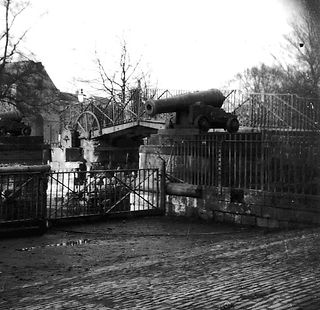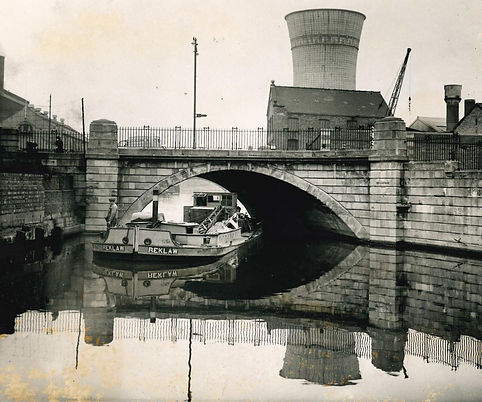Second Anteroom
Commerce was not the only activity on the rivers. It was also a place for fun and recreation.
During the Little Ice Age of the 16th century the rivers froze and games of football, bowling and shooting were played on them, even a horse-race was run under the main arch of Old Ouse Bridge.


Thomas Gent, 1771
Thomas Gent, a printer and writer recalled the Great Frost of 1739. “The frost having been extremely intense, the rivers became so frozen that I printed names upon the ice. It was a dangerous spot on the south side of the bridge where I first set up”
He set up his press and called out his wares; “Come Sprightly Youth, fair virgins, husbands, wives behold our art that seems to give new lives!"
The crowd gathered round but to the bewilderment of Thomas ran away. Unbeknownst to him, the ice had begun to make cracking noises and they had fled to safety!
Francis Drake a York historian spoke of the Ouse as, “so wholly frozen up, so hard that you might have passed with cart and carriage as well as upon firm ground”.

Dutch Snow Scene with Skaters, Jan Griffier the Elder, 1695: A scene of winter fun on a canal in the Netherlands.

During sunnier times of the year people promenaded along the fashionable New Walk; a path along the River Ouse and River Foss which was opened in the 18th Century.
The Blue Bridge is a remnant from this time; originally a wooden draw bridge painted blue, the structure has changed since but it has always maintained its name and distinctive colour.

The Blue Bridge in 1920…

...and now

Where the rivers meet
The bridge over the Foss was at the meeting point of the two rivers before flowing into the Humber and across the North Sea to the ports of Europe…



